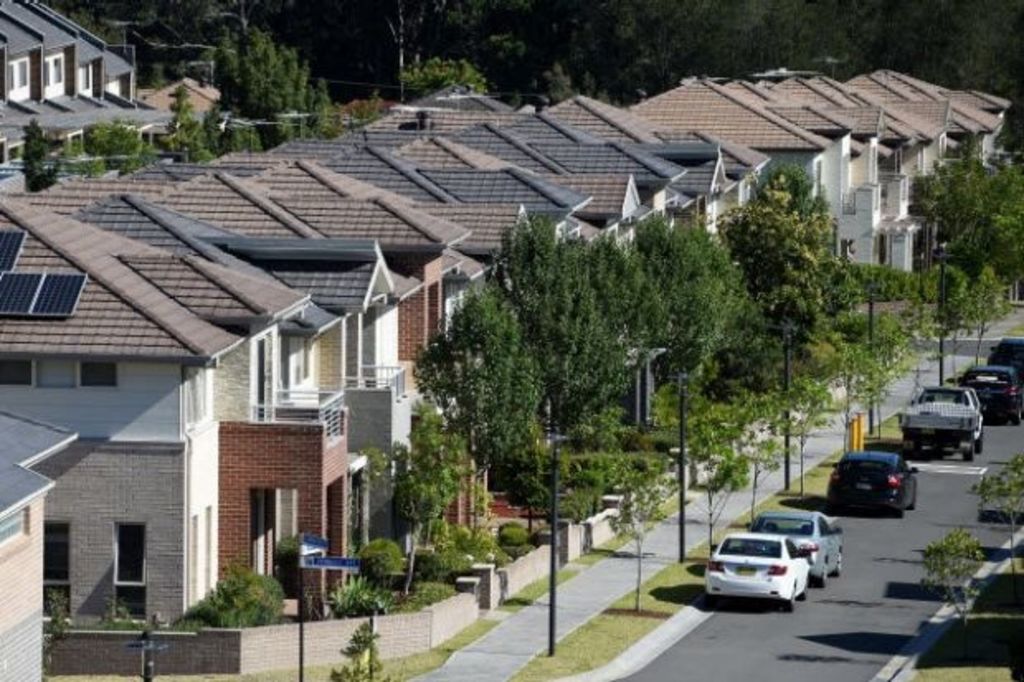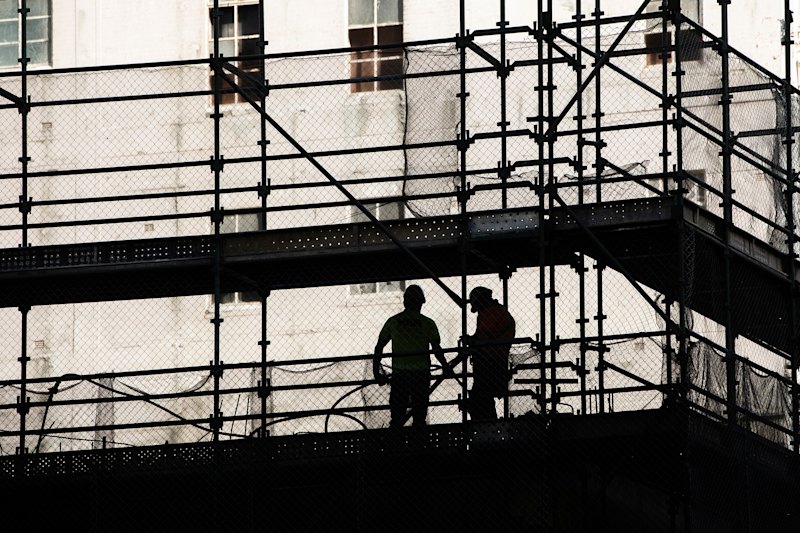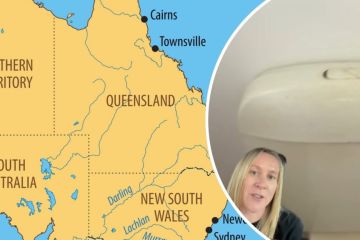Pessimistic outlook: Australians expect housing affordability to deteriorate further by 2027: NAB report

Australians are more pessimistic about the future of housing affordability and living costs than any other lifestyle factor in the next 10 years, a new report shows. And experts warn the growing cost of housing in capital cities is having a knock-on effect onto business confidence.
After surveying 2300 people and 50 businesses, 88 per cent of respondents agreed Australia was a “great place to live” in 2017 – but the outlook for in a decade’s time was far more grim, National Australia Bank’s report Life in the “Lucky Country” – What makes Australia great? released on Thursday found.
Telecommunications, entertainment and public transport were the only lifestyle areas expected to improve in the next decade out of 26 measured when asked which factors they expected would deteriorate the most by 2027.
This pessimism was also being felt in the business sector.
While 80 per cent of businesses surveyed claimed Australia was a great place to have a business in 2017, six in 10 thought the same would be true in 2027.
And it could be high house prices in capital cities weighing on business confidence, NAB chief economist Alan Oster said.
NAB research had found slowing retail sales in cities, at the same time as an “unexpected” increase in retail spending in the country areas, he said.
“It’s hard to explain why, but my guess is that in the city where there are much higher house prices [people] are less inclined to spend on discretionary things and more inclined to put the money into their mortgage,” Mr Oster said.
Despite this, the report found those in rural towns and the bush expected “most factors making Australia a great place to live now to deteriorate much more than those living in regional and capital cities”.
There were some differences in relation to age, with younger Australians more optimistic across nearly all factors than older Australians.
And the results varied across the country – people in South Australia and the Northern Territory more positive in relation to travel time, living costs and housing.
“There is a clear message of anxiety in the future coming from Australian consumers and businesses,” Mr Oster said.
“Australians identified access to social welfare, living costs, tax levels, jobs and housing affordability as the key factors they expect will deteriorate the most in the next 10 years.
“Consumers are saying they expect very little progress in the areas already holding Australia back now.”
Taj Singh, co-founder of lobby group First Home Buyers Australia, agreed with the findings of the research noting the “way we’re going now” would lead to even more difficult times in the future.
“We might see youth starting to leave the cities to go to regional areas,” Mr Singh said.
In order to stop more Australians being “renters for life” he said policymakers should be looking to increase supply aimed at first-home buyers, as well as reduce investor demand by tackling tax incentives.
We recommend
States
Capital Cities
Capital Cities - Rentals
Popular Areas
Allhomes
More










